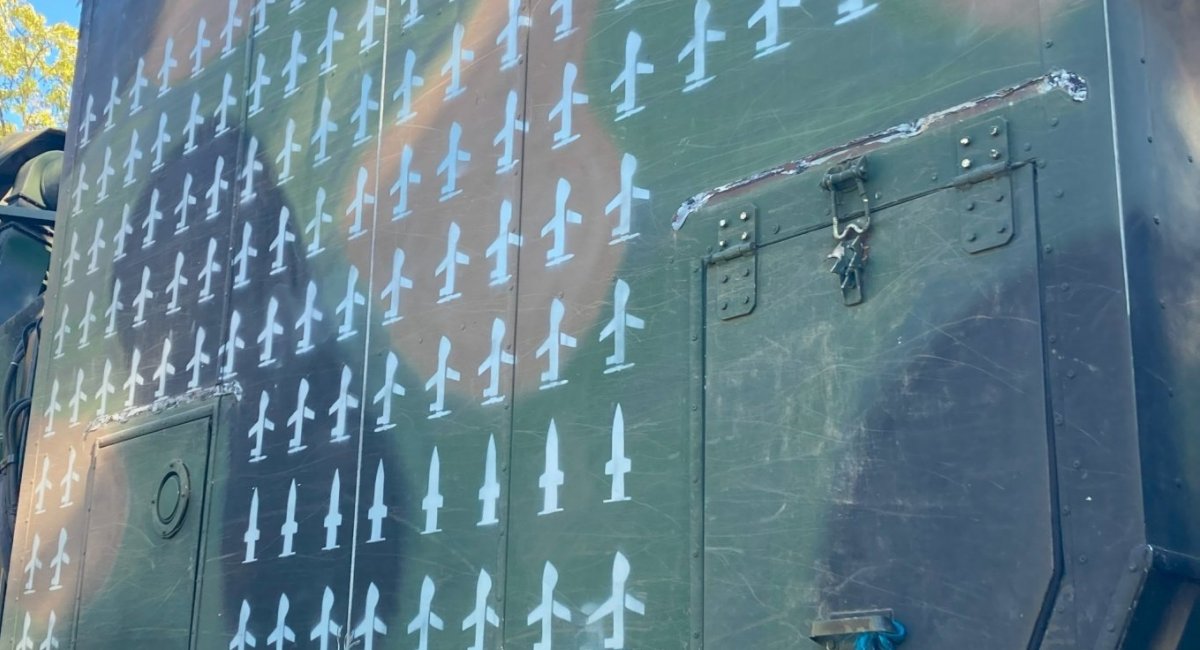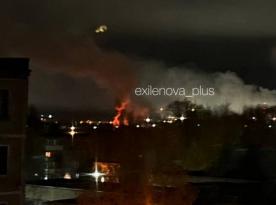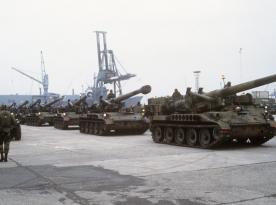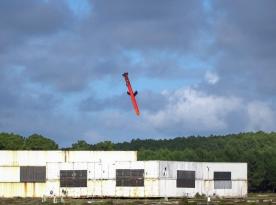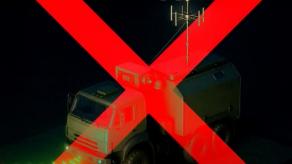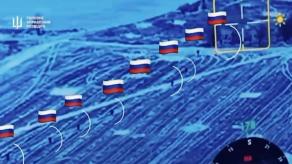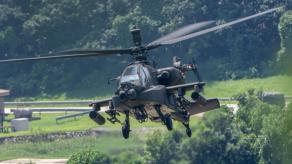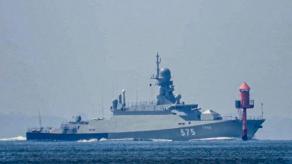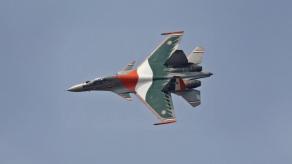Poland has drawn an unexpected conclusion about one of its exported air defense systems now serving in Ukraine. According to Polish defense journalist Mariusz Marszałkowski, the modernized S-125 Newa-SC surface-to-air missile system in Ukrainian service has successfully shot down russian ballistic missiles, something never officially claimed for the system.
The assessment emerged after Ukraine's East Air Command and the Kharkiv 302nd Anti-Aircraft Missile Brigade published a photo of the Newa-SC system with kill markings. Among numerous silhouettes of destroyed cruise missiles were eight distinct symbols resembling ballistic missile targets. Mariusz Marszałkowski identified not only the Polish camouflage pattern but also the SNR-125M radar tracking cabin mounted on the MAZ-543 chassis, confirming the system's origin as Polish-upgraded S-125 system.
Read more: Border Guard Drones Struck russian D-30 Howitzer, Murom-M System, and Transport Vehicle (Video)
Ukraine is known to have received these systems by late 2022. Unlike the original Soviet S-125 system, the Polish modernization replaced launchers with T-55 tank chassis and mounted the radar on the MAZ-543 vehicles taken from Elbrus missile systems. Most importantly, the entire system was digitized in the 1990s and 2000s, giving it enhanced reliability and efficiency. By 2022, Poland still operated six such Newa-SC divisions.
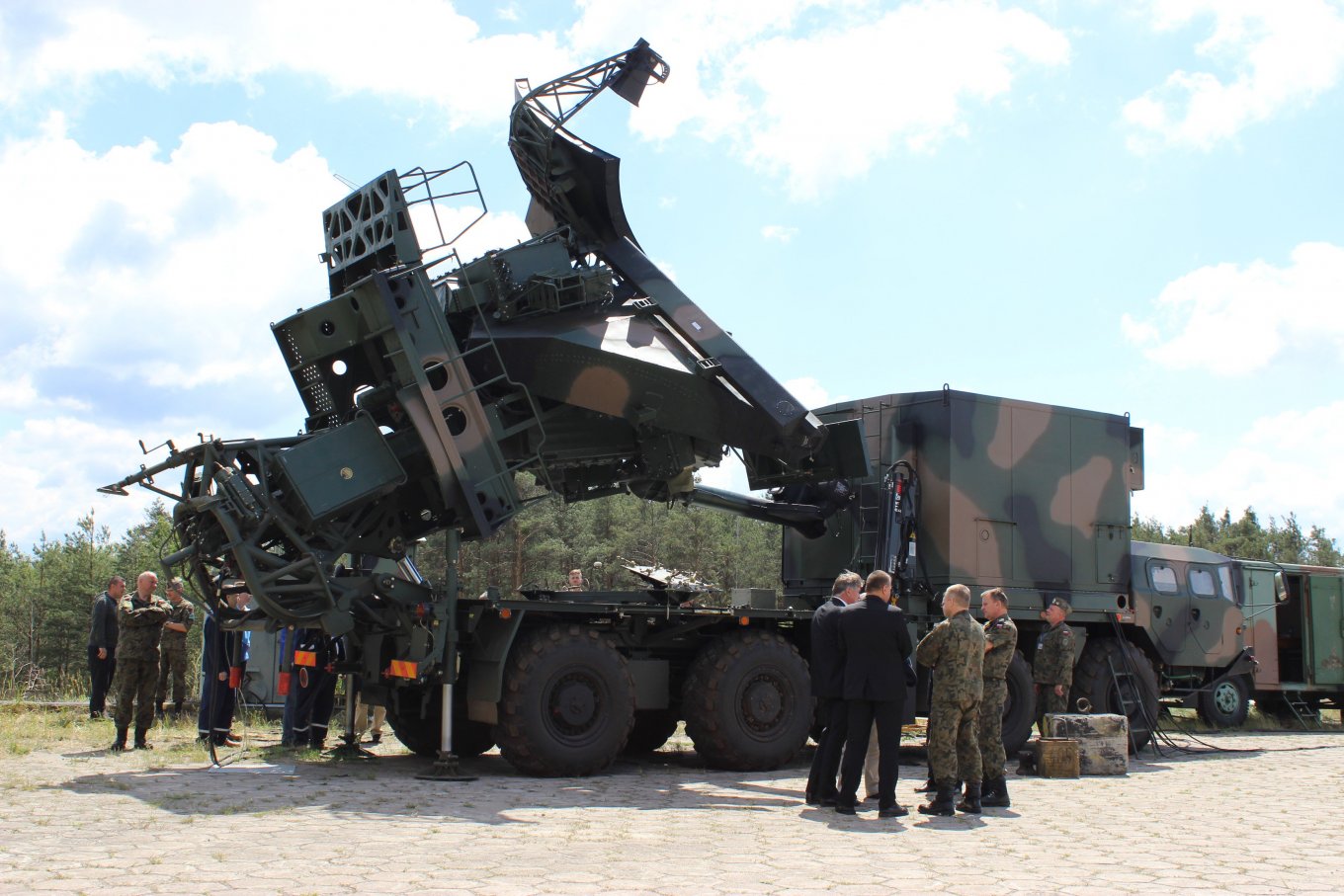
Traditionally, the Newa-SC system and its standard 5V27 missiles were only advertised as capable of hitting aerodynamic targets such as aircraft or cruise missiles, with an effective range of about 18 kilometers. Ballistic missile interception was never part of its stated performance. Yet, Ukrainian kill markings suggest otherwise, at least eight successful engagements against ballistic threats, possibly the Tochka-U or even newer Iskander missiles.
Interestingly, earlier photographs of the same system taken in July 2023 already showed seven ballistic kill markings, meaning another missile was destroyed since then, along with numerous additional cruise missile kills. This implies that the system has been consistently engaged in high-intensity operations for over a year.
One possible explanation lies in Ukraine's domestic missile upgrades. In the late 2010s, Ukrainian engineers modernized the 5V27 missile into the 5V27D-M2 variant, equipping it with an active radar seeker, a new guidance system, updated warhead fusing, and fresh solid propellant. Even though official specifications never included ballistic missile interception, these enhancements may have provided unexpected capability.
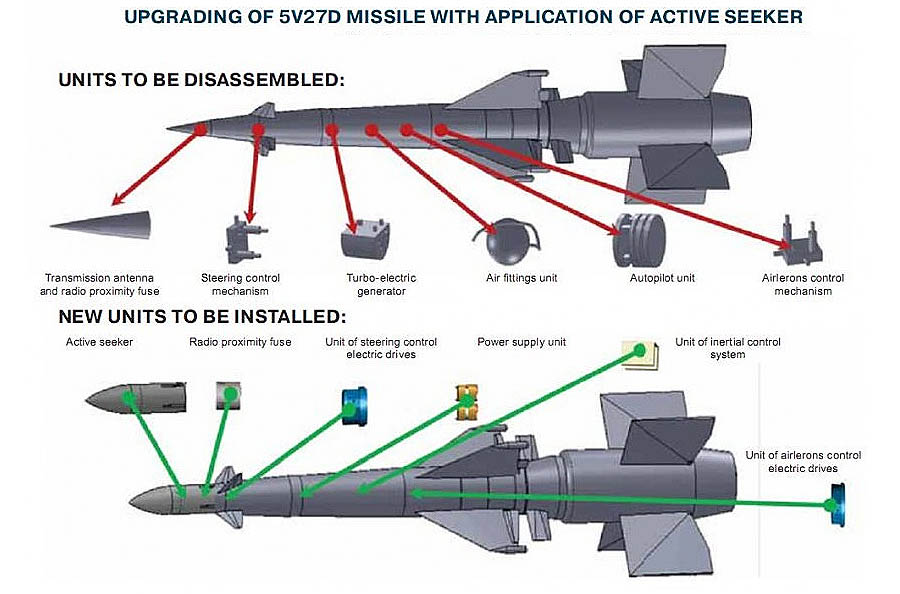
Another explanation is more cautious. Some analysts suggest the kill markings might not strictly correspond to ballistic missiles, but rather use generic "missile" silhouettes to represent cruise missiles or drones, while aerodynamic silhouettes could represent other aerial targets. If true, the evidence of ballistic kills may be more symbolic than literal.
Still, the mere possibility that a Cold War-era S-125 system, even in its digitized Newa-SC form, could down ballistic missiles is remarkable. Whether through clever Ukrainian upgrades, tactical employment, or a different interpretation of the markings, the system continues to surprise. For Ukraine, it demonstrates once again that old Soviet hardware, when modernized and innovatively applied, can still play a critical role against russia's most dangerous aerial threats.
Read more: Cursed Jet? Bulgaria's F-16 Block 70 Aircraft Stumble at the Start




